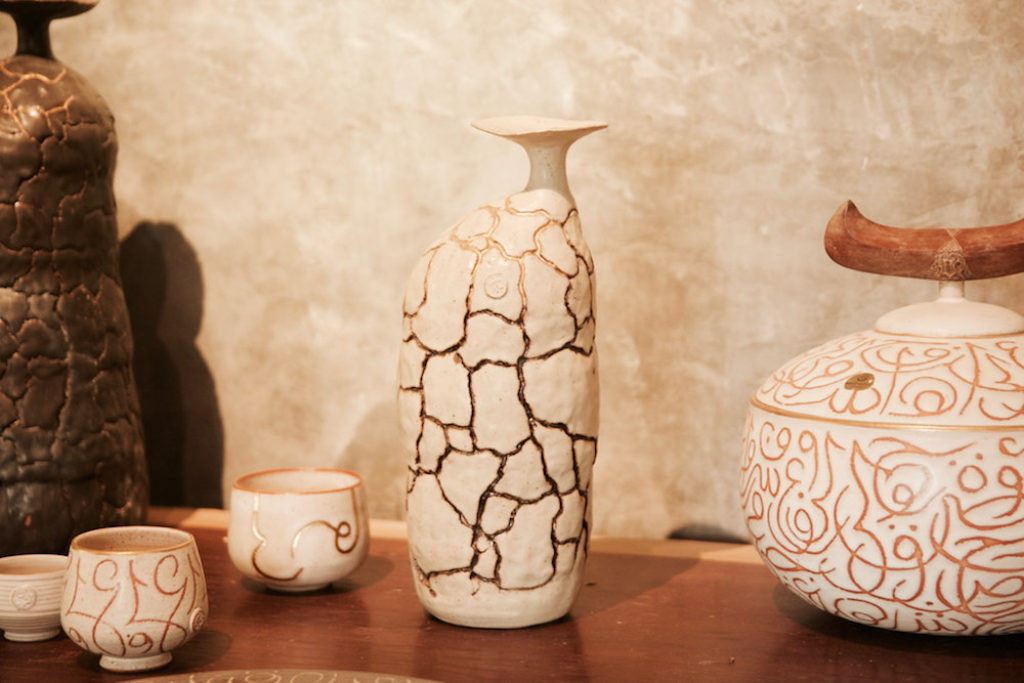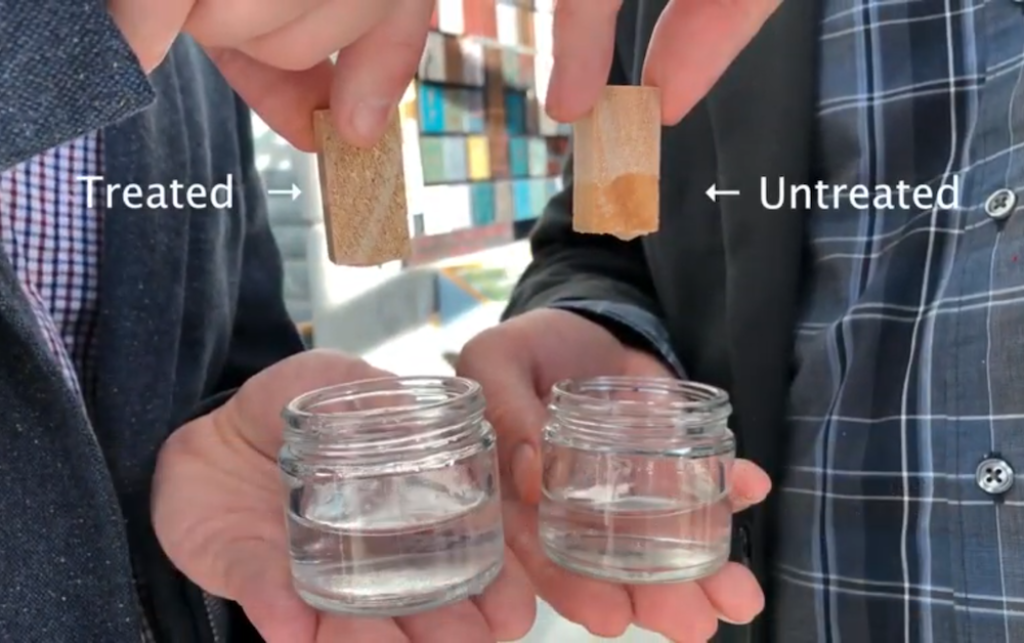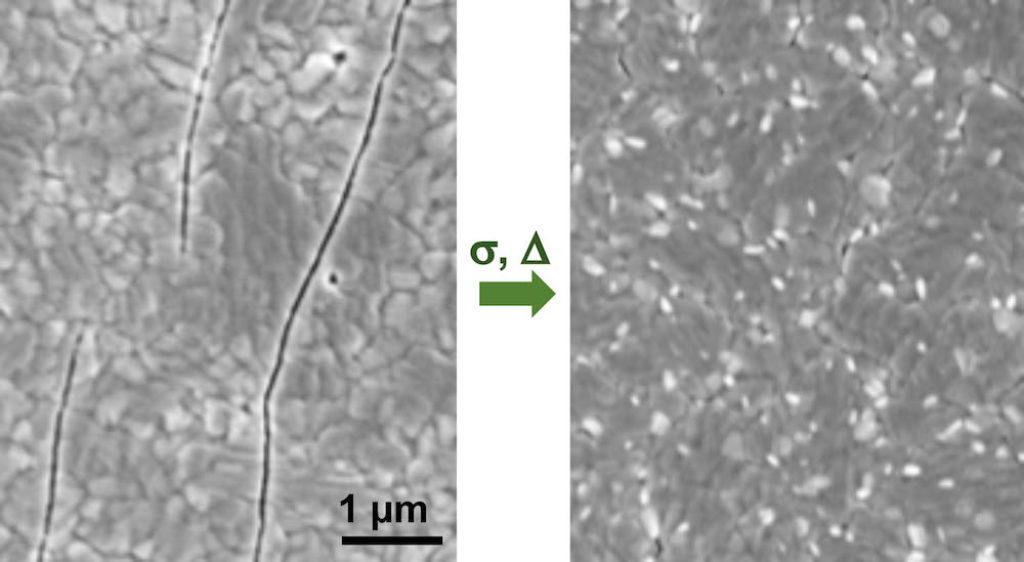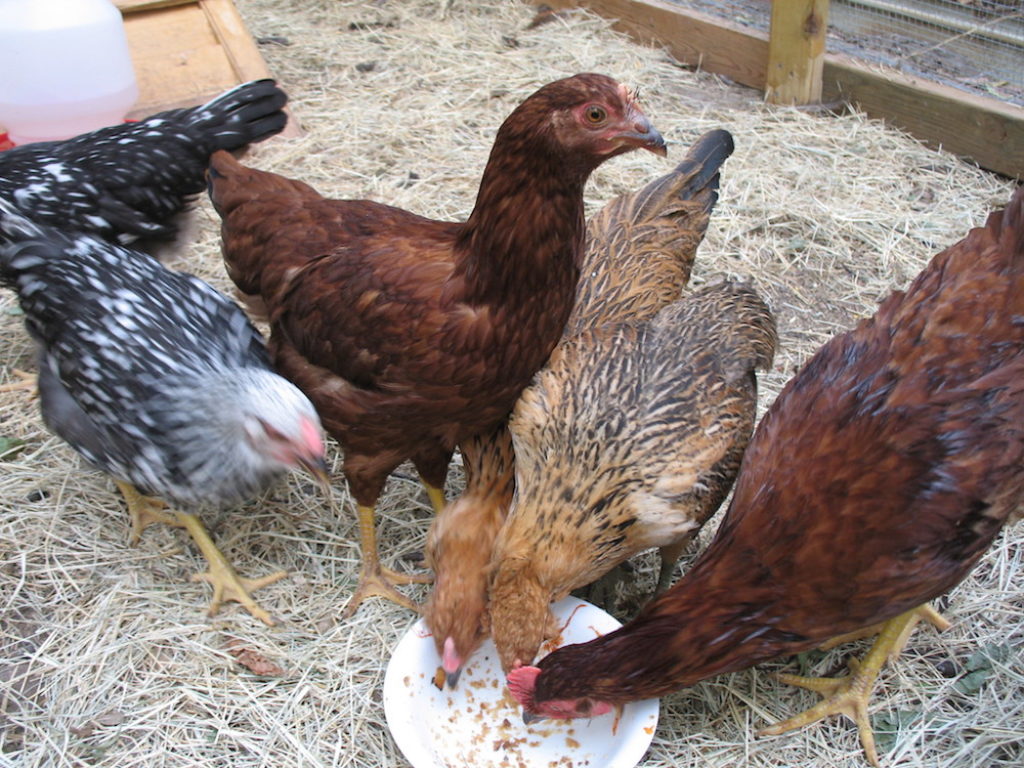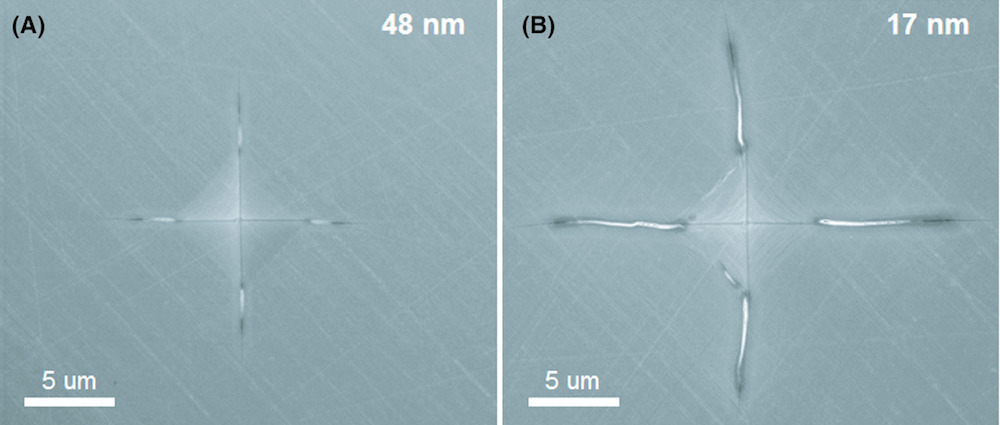Just as car models build upon the successes and failures of the previous generation, so too do journal articles. See how such a process takes place through the comparison of two JACerS articles from 1981 and 2019 on indentation crack testing.
Read MoreFabricating dense, complex-shaped items from silicon carbide can be challenging due to the material’s properties. Manufacturers benefit from studies on reducing viscosity of SiC slurries, such as two recent ones published in an ACerS journal, but open access to the data behind such studies may benefit them even more.
Read MorePressure treatment is a method to prevent wood rot, but it does have its downsides. Researchers at the Georgia Institute of Technology explored treating wood using atomic layer deposition and found they could manage moisture content, mold growth, and thermal conductivity.
Read MorePerovskite solar cells are expected to become a leading contender to silicon-based solar cells, or for use in tandem with them, once several challenges are overcome. Researchers at Brown University found cracks in perovskite films are easily healed by applying compression or moderate heat.
Read MoreThe International Conference on Advanced Ceramics and Composites (ICACC 2020) took place January 26–31 in Daytona Beach, Fla. Over 1,000 people attended, with 50% coming from outside the United States.
Read MoreFaster than a speeding bullet: A review on fiber reinforced UHTCMCs for hypersonic aircraft and more
Ultra-high temperature ceramic matrix composites could be used on some of the hottest portions of hypersonic aircraft if their brittleness is reduced. Research on using fibers to reinforce these materials increased greatly in the past decade, and a recent review article in an ACerS journal discusses the progress and challenges in this field.
Read MoreChicken litter is a good fertilizer due to a composition rich in nitrogen, potassium, and phosphorus. However, transporting the residue is difficult because it crumbles. Researchers from Brazil investigate using ceramic additives to increase waste hardness for easier transport.
Read MoreResearchers have struggled to create an accurate phase diagram of carbon for over 100 years. Now, two researchers from Russia explored melting of graphite and graphene and confirmed some previous hypotheses—and revealed graphene “melting” is in fact sublimation.
Read MoreAn oxide glass that can plastically deform under unconfined loading conditions would be a big asset in potential applications. An international team of researchers found alumina glass films exhibit such an ability.
Read MoreWhen grain sizes in ceramics become critically small, ceramics can appear to soften. Researchers led by the University of California, Davis, show this false impression is due to an extensive network of nanocracks caused by increased grain boundary energy.
Read More
